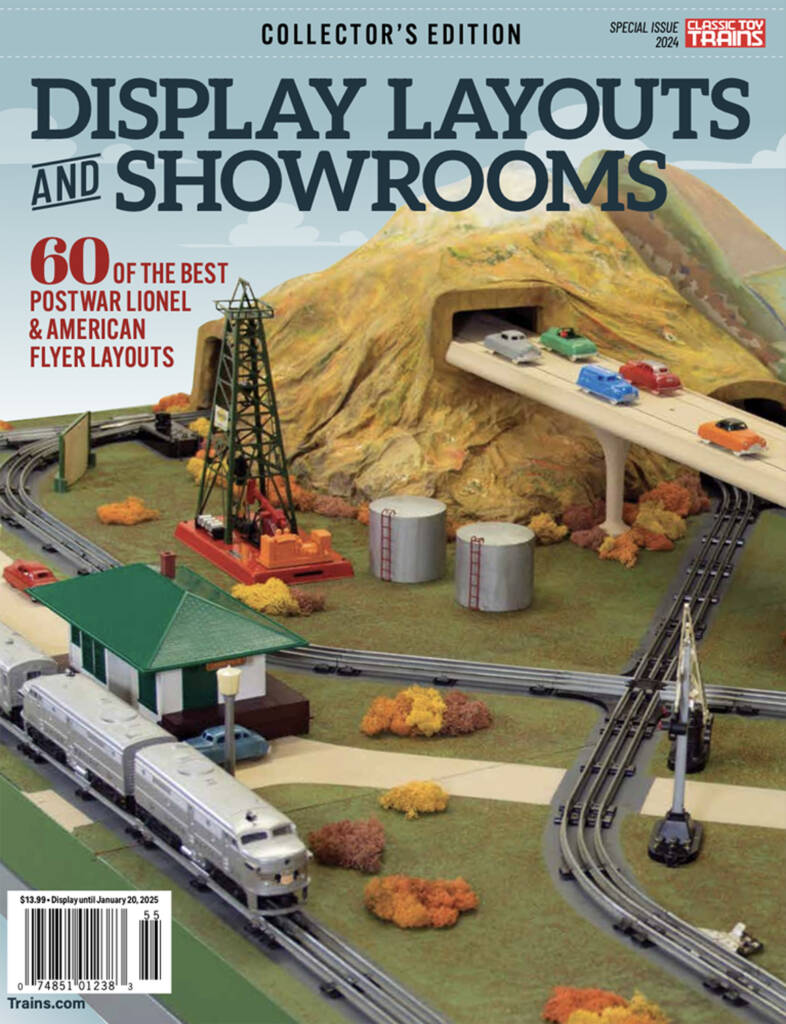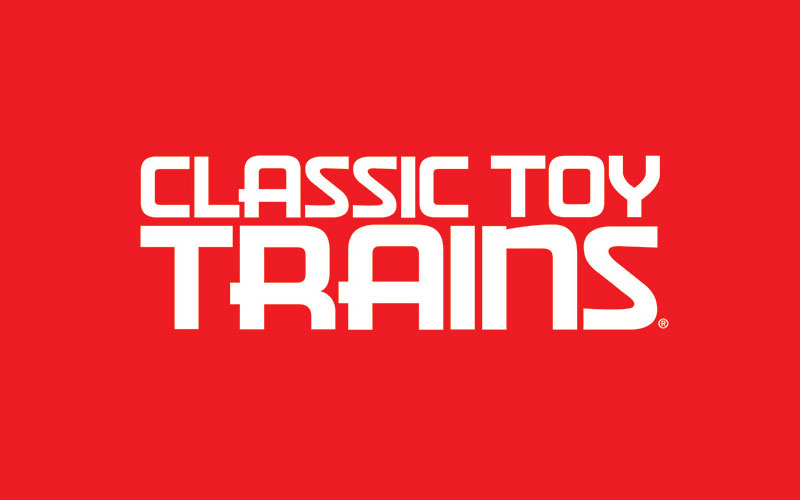
Trainz has purchased the inventory of screws, bolts, springs, rivets, and fasteners from L&L Model Train Restoration Co. (Len Carparelli). The business, known as the Ted Nyerges Bolt & Screw Company, offers a line of fasteners for postwar Lionel trains. Trainz plans to increase the availability of screws, fasteners and other small parts at Trainz.com. […]
Read More…

Trainz has purchased the existing inventory and rights to manufacture the famous aluminum train display shelving from Glenn Snyder Display Systems. GSDS are a self-contained extruded aluminm display shelf available in a combination HO/S gauge, O gauge, or combination O/Standard gauge/gauge-1 sizes. Trainz will warehouse and ship the shelving from its new Oakwood, Ga. facility. […]
Read More…
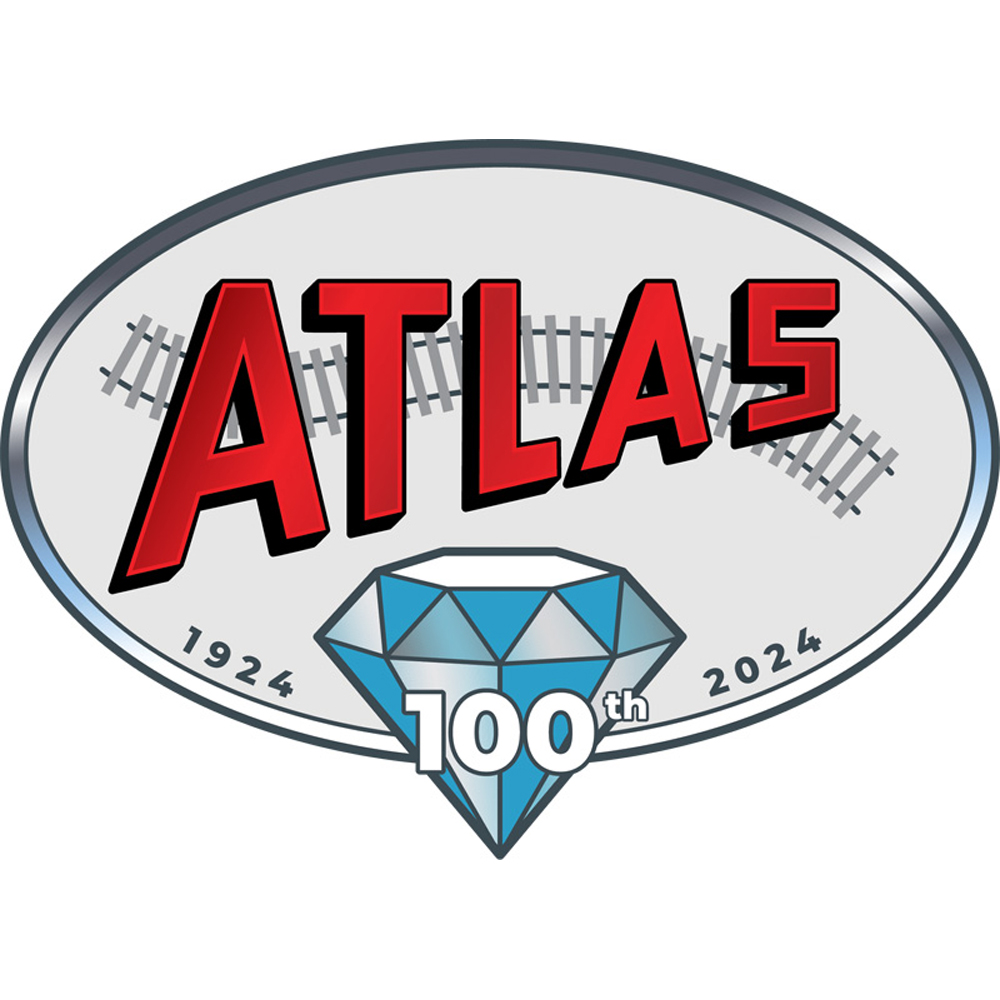
New Jersey-based model railroad manufacturer Atlas Model Railroad Co. has marked its 100th anniversary. Stephan Schaffan Sr. founded Atlas Tool Co. in 1924 as a general machine shop in New Jersey. His son, Stephan Schaffan Jr., joined the business in 1933. By 1947, the two had their first factory built in Hillside, N.J., producing the […]
Read More…
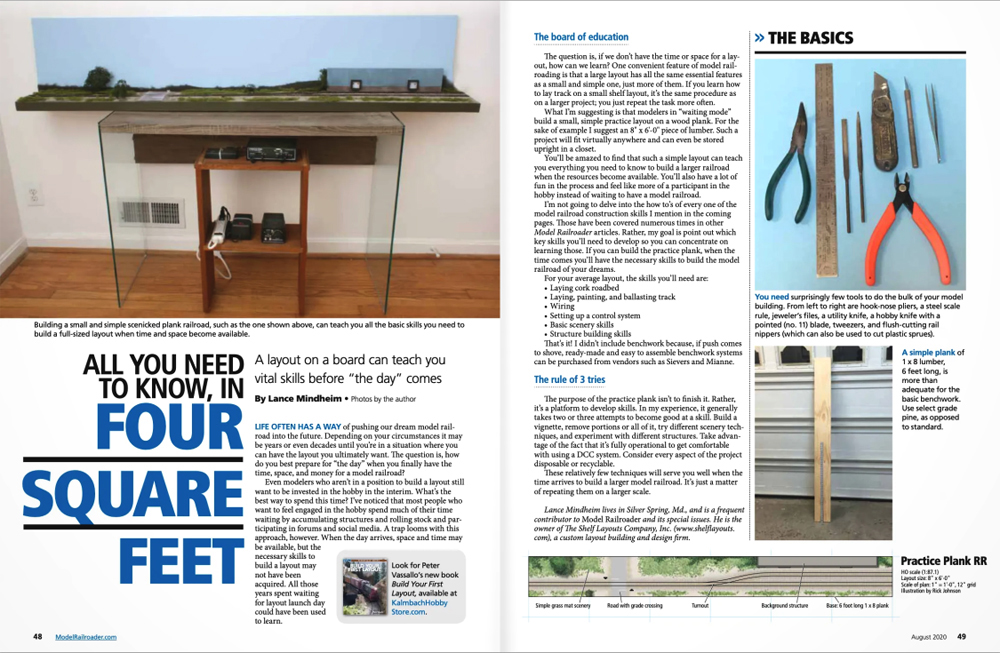
Q: I recall an article from a few years back that was about setting up a minimalist layout set on a bookshelf or board. It was intended as a quick and easy way to get started in the hobby, especially for those who don’t have a lot of space. I believe it used an NCE […]
Read More…
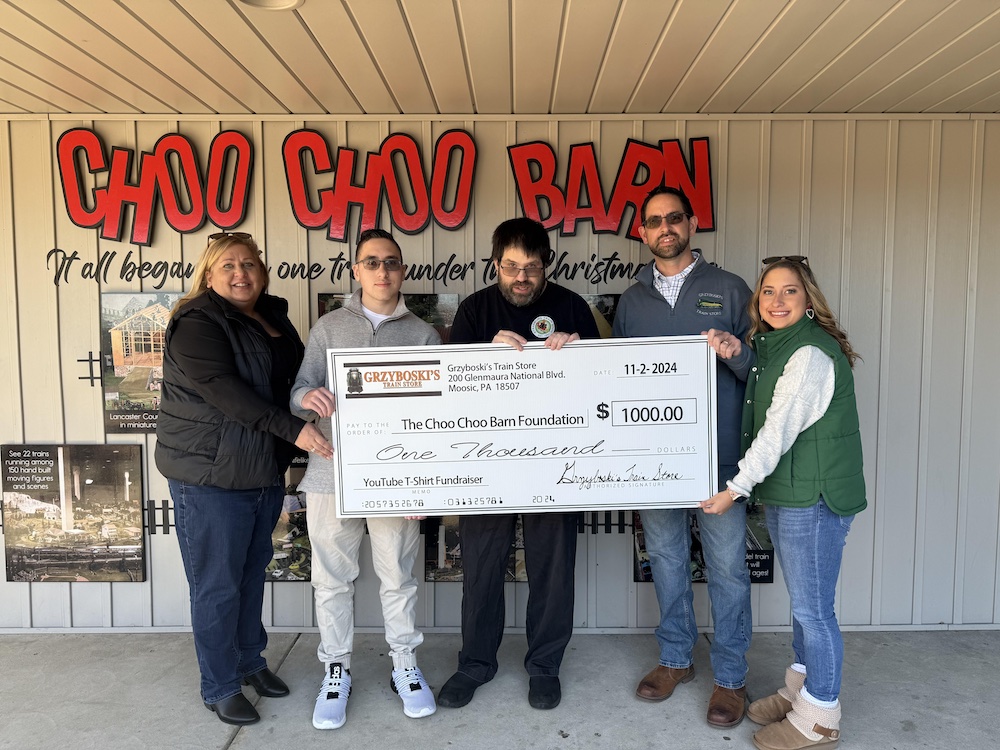
Every year, a group of toy train hobbyists host an event during the Fall Train Collectors Association (TCA) York Show in York, Penn. The purpose of the event is for guests to hear from members of the hobby that have a strong social media presence. This year I served as emcee, Eric Seigel from Eric’s […]
Read More…
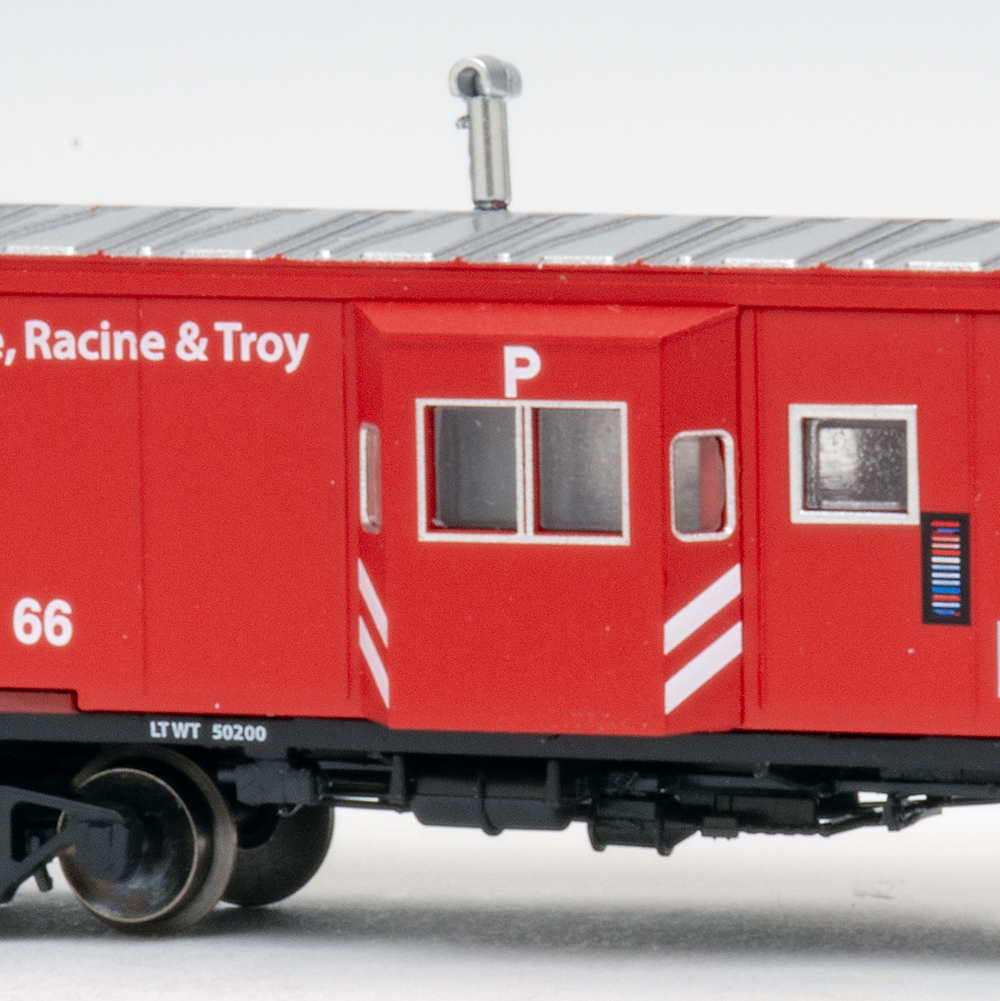
Q: I recently ordered one of the Milwaukee, Racine & Troy N scale bay-window cabooses from Shop.Trains.com. What does the “P” on top of the bay window stand for? — R. Anderson A: The “P” indicates it’s a pool caboose, one not assigned to an individual conductor or specific crew. Former Senior Editor Jim Hediger […]
Read More…
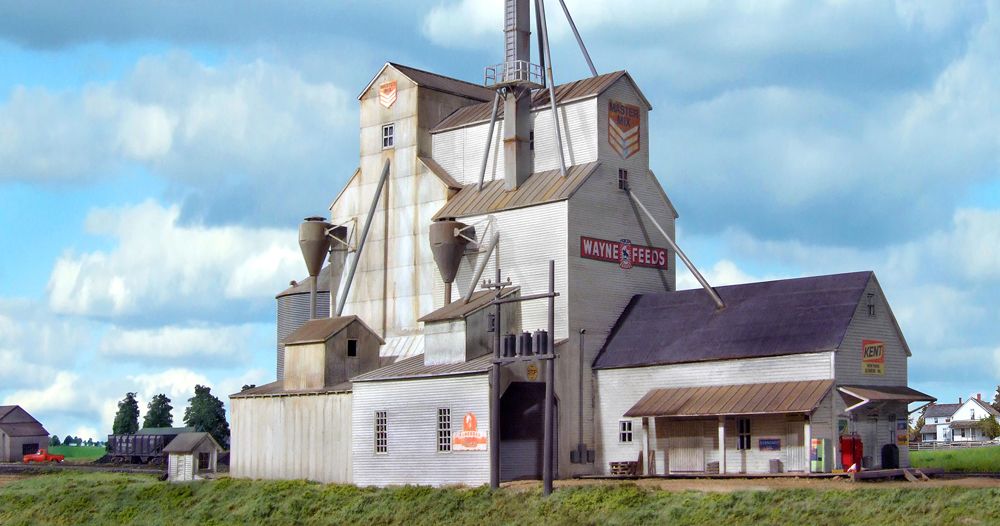
Last month we took a look at modeling urban scenery. This time around, we’ll step back from the big city and focus on rural scenery. I spent my formative years in the Red River Valley of the North, which was dotted with small towns up and down the Minnesota and North Dakota sides of the […]
Read More…
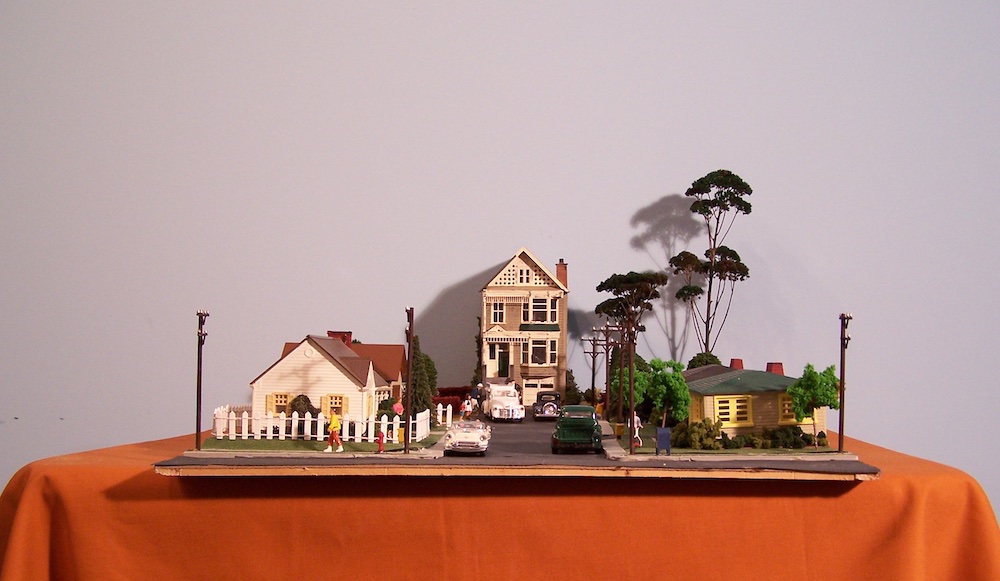
Perhaps you don’t have the space to build a layout but still want to build “something.” Maybe your layout is already built but you’re looking to renovate a scene or section. Or there might be a show coming up and you want to highlight a scene or show off an animated feature. The solution to […]
Read More…
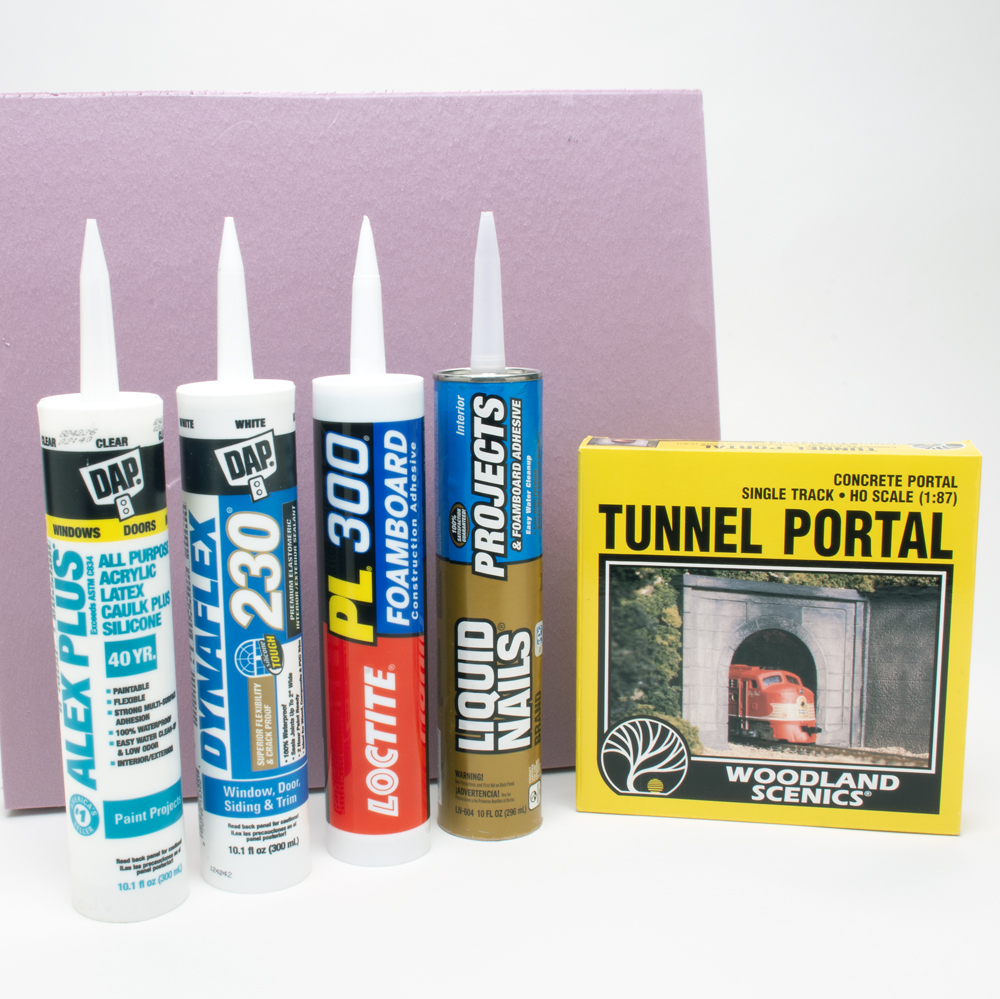
Q: I’m building a retaining wall using Woodland Scenics’ cut stone castings and want to attach them to extruded-foam insulation board. What is the best glue to use for this project? — Alan Cox A: The Woodland Scenics cut stone retaining walls are Hydrocal castings, so you’re going to want an adhesive that will work […]
Read More…
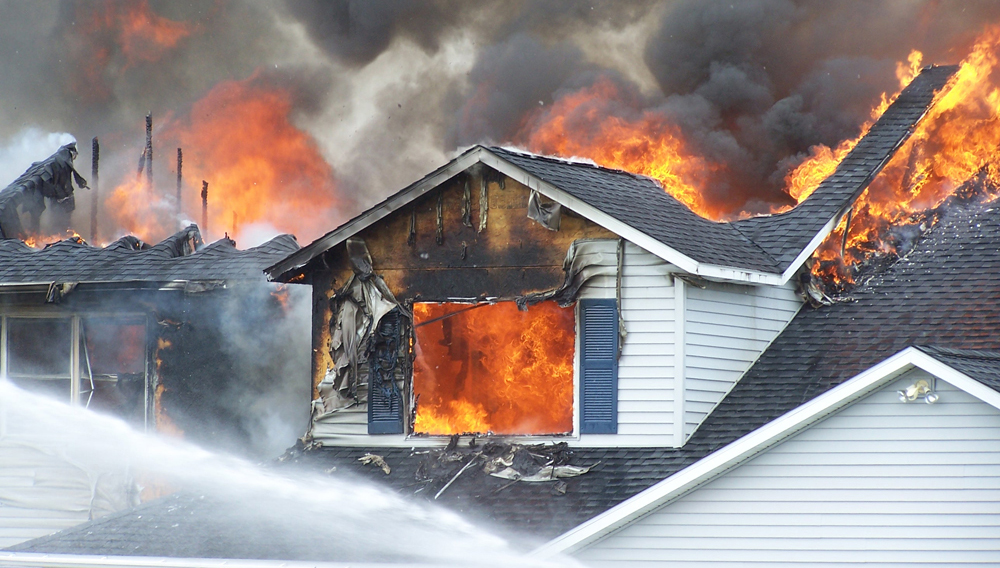
Though we consider model railroading a hobby, it’s also an investment. Consider the prices of model trains today. Depending on the scale, level of detail, and features, a ready-to-run freight car retails for anywhere from $20 to $150. Today’s injection-molded plastic steam and diesel locomotives are priced from $150 to $900. The numbers start to […]
Read More…
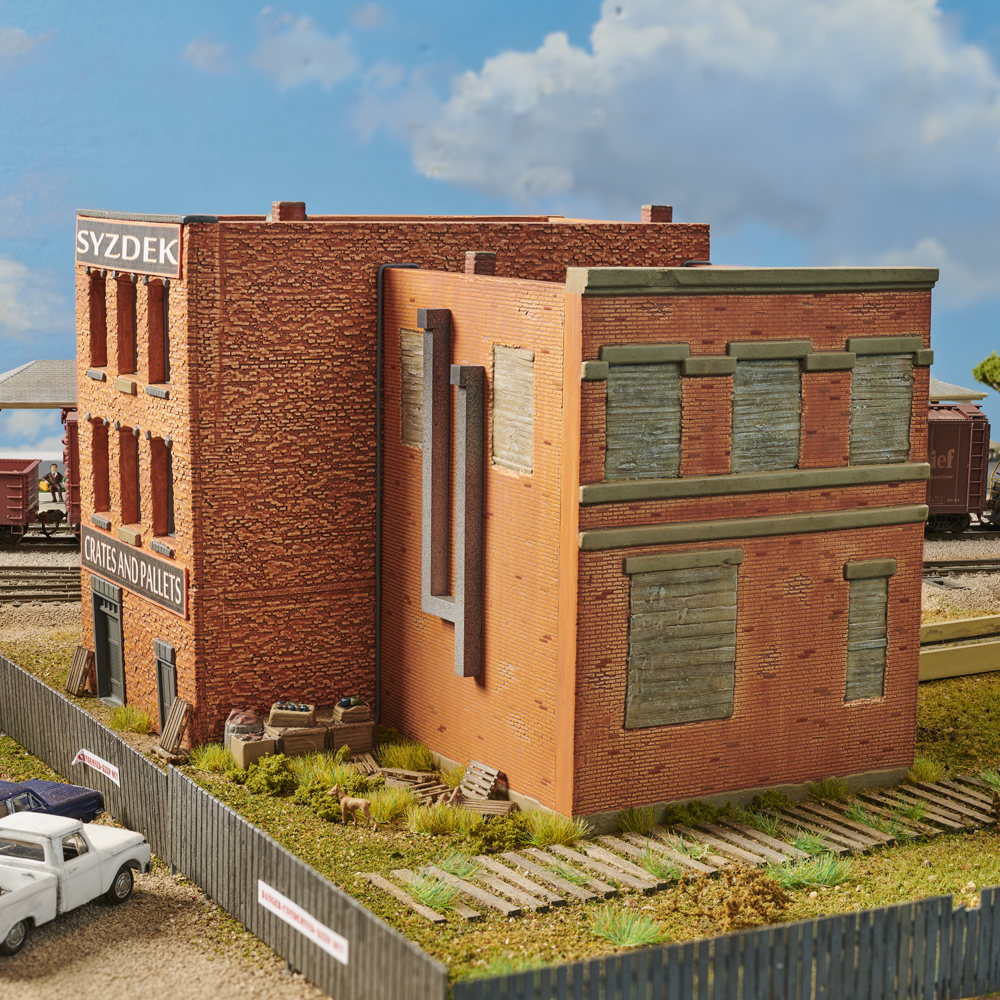
Q: What is recommended for attaching buildings and other structures to the substructure of a model railroad? — Byron Christmas A: There’s no one-size-fits-all way to attach a building to a model railroad. One of the most common methods for anchoring buildings to a layout is with white glue. The key attribute of white glue […]
Read More…











